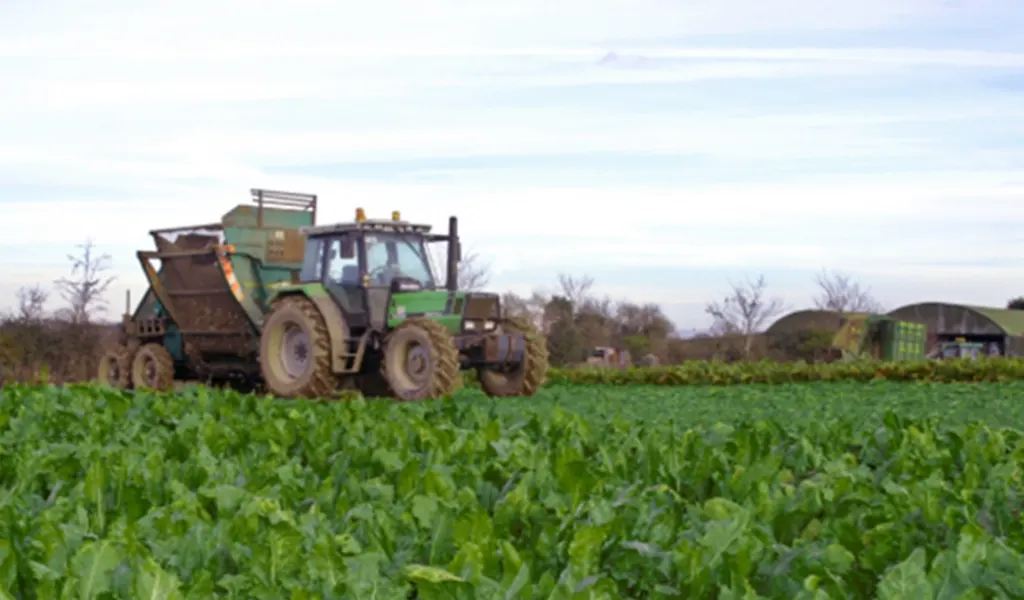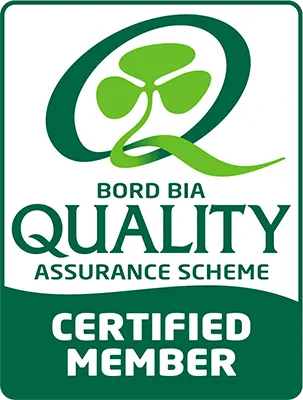Managing forage effectively is crucial for livestock farmers, especially during periods of poor grass supply and quality. Factors like inadequate fertilisation, adverse weather conditions, and limited growth periods can significantly impact forage availability. Here, we explore essential tips to navigate these challenges and ensure optimal forage management for your livestock.
Understanding Your Forage Needs
With grass growth under stress due to lack of fertiliser, wind, and low temperatures, it’s vital to assess your current forage reserves and estimate future requirements. Ask yourself: “How much more silage do I need for winter, relative to the number of animals I will need to feed?” This proactive approach helps avoid last-minute shortages and ensures your animals receive adequate nutrition.
Planning and Preparation
Proper planning is essential to secure winter feed supplies. Evaluate your storage capabilities and stockpile sufficient forage ahead of time to be prepared for unforeseen shortages or price hikes as winter approaches. Ensure you have the necessary feed in storage now to meet the needs of your herd during the winter months.
Get Supplementation Right
Incorporate high-quality supplements strategically to compensate for poor grass quality. Target more productive animals with specialised feeds such as imported supplements. Reducing reliance on homegrown forage even by 10% per day per month can significantly impact overall feed requirements. For instance, reducing a cow’s reliance on 12 kilos of grass by 10% per day over two months (60 days) amounts to a reduction of 72 kg per cow, which equates to 7,200 kg (7.2 tons) of dry matter for 100 cows, or approximately 9 bales of silage.
>> Calculate your fodder supply and demand<<
Enhancing Grass Production
Explore techniques to extend grass growth effectively in the growing time you have left. Implement appropriate fertilisation strategies and rotational grazing practices to stimulate grass growth and improve pasture quality. Focus on fertilising more productive swards on your farm. To achieve optimal grass reserves for autumn, it’s vital to extend the grazing rotation to 35-40 days by early October. This ensures adequate grass cover for winter and spring grazing. Strategies to extend the rotation include:
- Adjust Stocking Rates: Prioritise milking cows on the milking platform and consider selling or moving cows that can be dried or culled (e.g., those with high SCC, bad feet, or not in calf).
- Fertilisation: Apply fertilisers or slurry (approximately 20 units of N/ac) to maintain grass growth and health.
- Grazing Practices: Graze swards cleanly to prevent damage, ensuring optimal regrowth and pasture quality.
- Supplementation: Supplement with extra rations or high-quality bale silage to manage demand effectively.
During periods of strong growth, adjust feeding carefully to avoid issues like grass tetany and consider early bale cutting to maintain sward health.
As October nears, focus shifts to preserving grass for spring grazing. Minimise sward damage, graze cleanly, and avoid re-grazing after the 5th of October to protect pasture quality.
Ensure compliance with agricultural deadlines: cease chemical nitrogen and phosphorus spreading by 14th September and complete slurry spreading by the end of September. Check N statements from the Department of Agriculture, Food and the Marine for updates affecting nitrogen application rates.

Evaluating Herd Management
Considering herd size is crucial during periods of forage shortages. While culling is never an ideal choice, proactive management is necessary to ensure your herd’s nutritional needs are met without straining your forage reserves. Now is the perfect moment to assess your herd’s productivity and take decisive action.
Review your current herd size in relation to available forage resources. Identify and prioritise productive animals while evaluating those that may be less efficient. Implementing a culling strategy now, aligned with your available fodder, can help optimise herd efficiency and preserve overall forage quality.
This proactive approach not only safeguards your herd’s nutritional intake but also enhances your farm’s sustainability during challenging forage conditions.
Timely Forage Imports
Act promptly to procure additional forage or supplements if needed. Prices tend to escalate as demand increases closer to winter. Securing these resources early not only ensures availability but also potentially reduces costs and logistical challenges associated with last-minute purchases.
To effectively manage forage deficits, act decisively when determining additional requirements. Prices for silage, hay, maize, legumes, and other essential feeds tend to surge as demand intensifies closer to winter. Farmers who delay may find themselves sourcing from distant locations or facing shortages during critical periods.
Consider alternative feeds like moist brewer’s grains, which can be easily pitted, and are valued for their high nutritional content and ease of integration into existing feed regimes. Acting now ensures proactive management of forage supplies, preventing the need for corrective measures in the midst of winter.
Conclusion
Managing forage amidst poor supply and quality requires foresight, strategic planning, and proactive decision-making. By assessing needs early, optimising feeding strategies, enhancing grass production, evaluating herd size, and securing forage supplies promptly, you can mitigate the impact of challenging conditions on your livestock’s nutrition and overall farm profitability.
For expert advice tailored to your specific needs and conditions, contact Specialist Nutrition today. Our team of specialists is dedicated to helping you optimise your forage management practices and ensure the health and productivity of your livestock.





